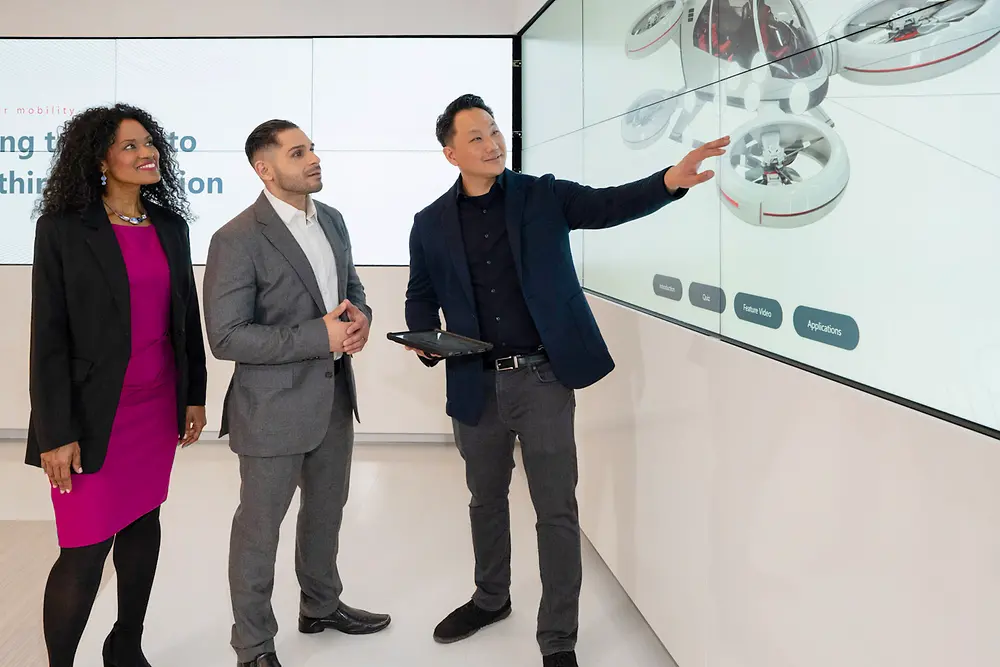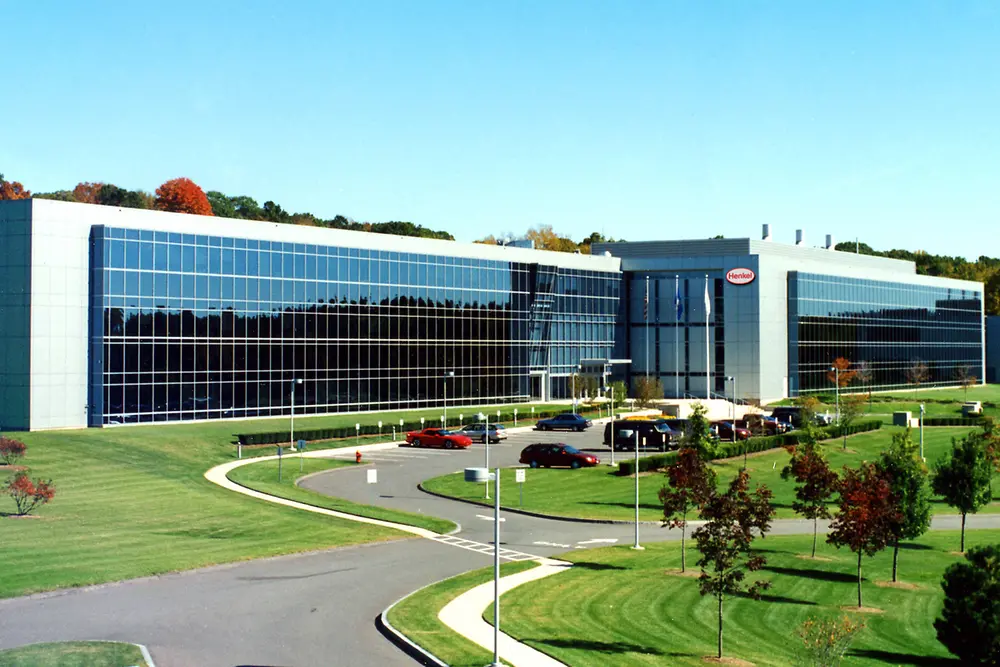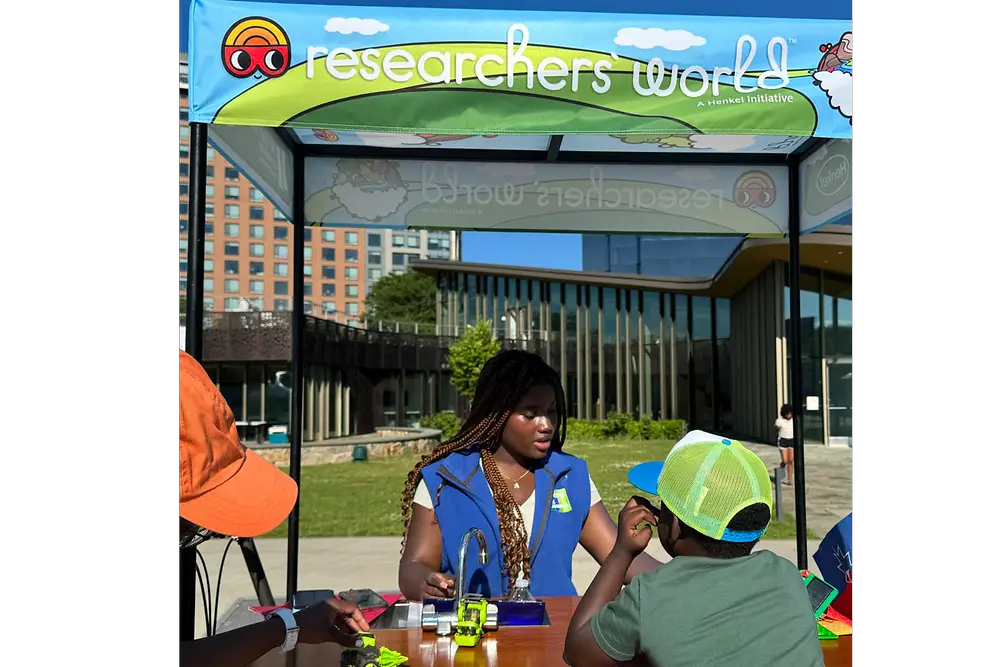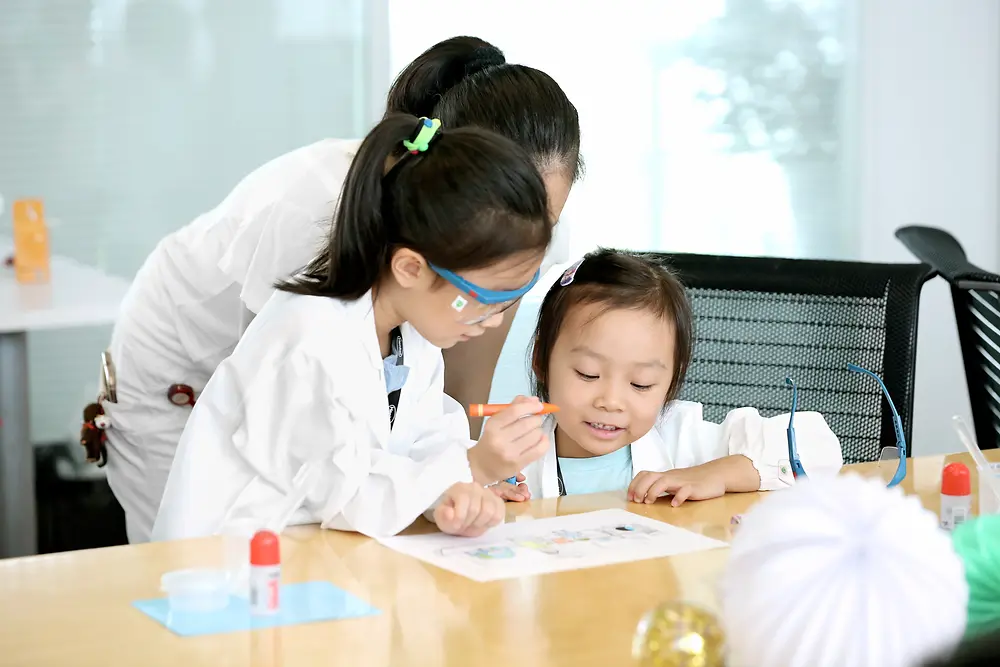STEM (Science, Technology, Engineering, and Math) education is crucial as it equips students with the critical thinking, problem-solving, and innovative skills necessary to succeed. It not only sparks an interest in career paths in science, technology, engineering, and mathematics, but it also nurtures a curiosity and love of learning critical for anyone to thrive into adulthood. STEM education prepares students to be future leaders and changemakers in the modern workforce and as members of our society. Yet, despite its importance, today, there is a waning interest in STEM among youth, and many schools are struggling to keep these vital programs alive.
Schools today face enormous resource constraints that are making it difficult to provide support for STEM education, ultimately impacting student readiness and learning. Recent data shows that only 20% of high school graduates are ready for college-level coursework in STEM majors. Another study shows that due to systemic barriers to higher education, like grade requirements and standardized testing benchmarks, many high school students who are interested in STEM may choose not to enroll in high-level courses to preserve their GPA, resulting in these programs being discontinued or deprioritized. These setbacks speak to a competency gap that can be supplemented through innovative approaches to programming.
This STEM Day, we recognize the value of partnership and collaboration to deliver dynamic programs that can complement school curriculum and inspire a lifelong passion in STEM learning for curious young minds.
Creative Solutions for Overcoming Limits in STEM Education
According to a recent study, early and diversified exposure to STEM helps students understand its importance and may encourage them to pursue higher education or careers in the field. That means designing creative ways and multiple avenues for children to develop a connection to STEM. This can look like utilizing digital tools and platforms, field trips, after school programs, online learning, clubs, and extracurricular community activities.
Quality community programs are integral to supporting classroom education. Corporations and organizations can play a pivotal role in re-framing and investing in STEM education within their communities. Putting resources toward STEM programs and initiatives not only positively impacts the community by addressing educational disparities and opening new avenues for learning, but it is also a way to invest in building a future pipeline of talented STEM workers.
Taking Advantage of Community-Driven Learning Programs
Programs that extend learning beyond the classroom are proven to drive continued engagement in STEM. Research suggests that extracurricular STEM education improves students’ attitudes toward STEM, which has a direct association with achievement. A 2023 study found that participation in STEM extracurricular activities had a direct numerical correlation with a student’s interest in pursuing a STEM-related career. Qualitative data in the same study demonstrated that these students found STEM education outside of the classroom even more valuable than their classroom experience, citing more positive interactions with their instructors. They also build essential skills such as perseverance and critical thinking.
Community-driven learning has benefits that extend beyond building upon what students experience in the classroom. These programs help alleviate ongoing resource constraints schools are facing by providing access to opportunities that complement lesson plans. Informal learning also inspires youth, especially girls and youth of color, to gain confidence in their ability to understand and pursue STEM.
In Connecticut, a Community-Driven STEM Program Grows and Flourishes
There is a robust opportunity within communities to supplement STEM education demands. The Mill River Park Collaborative in Stamford, CT, and its partnership with Henkel Researchers’ World is an example of how corporations and community organizations can collaborate on programming to promote STEM education year-round.
Henkel Researchers’ World is a global educational initiative with the goal to spark interest in science among elementary-school-aged-children by putting them in the shoes of the researcher. First launched at Henkel’s headquarters in Dusseldorf, Germany, in 2011, it has since reached over 100,000 children worldwide. Experiments introduce students to scientific methods, and thematic workshops that teach them about important scientific topics like green energy and climate change. In 2021, Henkel Researchers’ World launched in North America. In Stamford, Henkel and local nonprofit organization Mill River Park Collaborative opened a dedicated classroom in their Whittingham Discovery Center, equipped with modern lab equipment and workstations. Trained teen docents operate a mobile ‘discovery cart,’ that travels throughout the park and offers 20-minute pop-up lessons to visitors.










